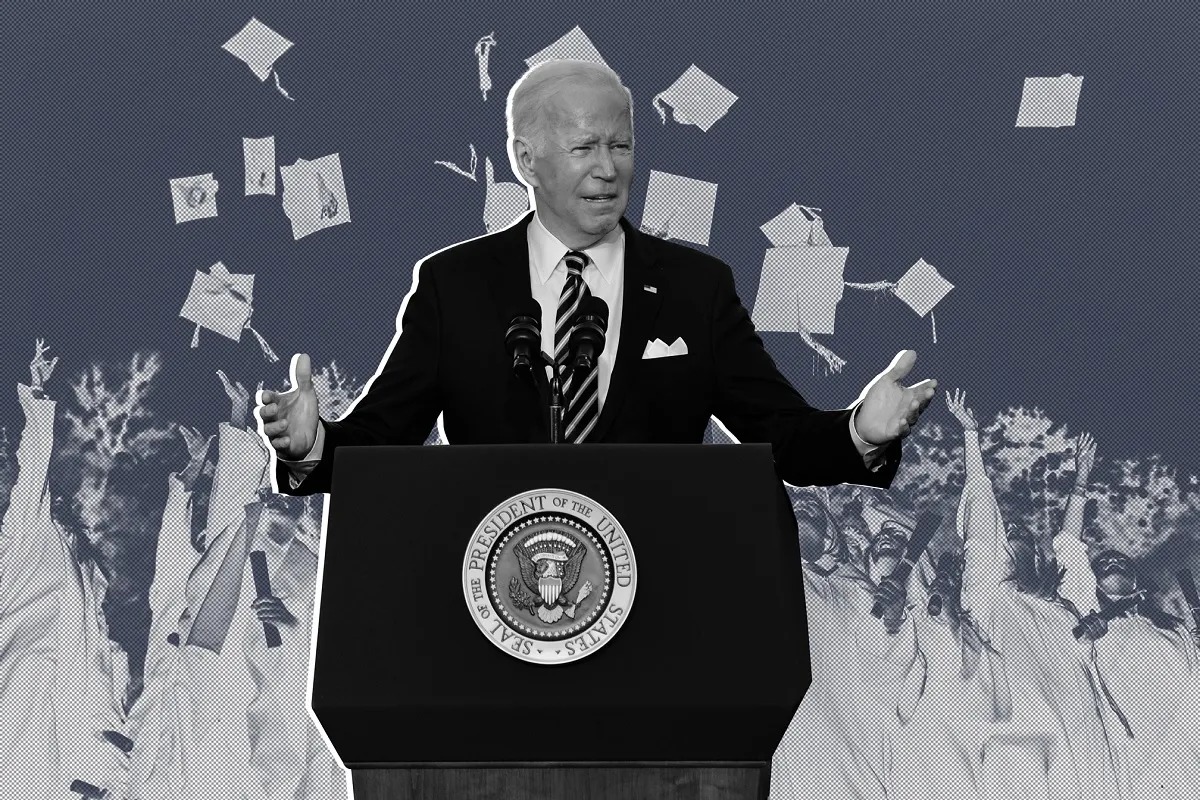
America, the world’s biggest superpower, is going through a period of crisis. It has less than a month left to save its reputation. US Treasury Secretary Janet Yellen has warned that the US could run out of cash by June 1 if the Biden administration fails to raise or suspend the debt ceiling. In simple words, this means that the US government has crossed its spending limit and if it does not immediately increase the borrowing limit, then on June 1, 2023, the government will run out of money to run the country and will become cashless. To avoid such a situation, Yellen has appealed to the government to take action as soon as possible.
President Joe Biden has called a meeting of Congress leaders on this issue on May 9. Republicans in the opposition in the US Parliament last week passed a bill to raise the debt ceiling, which includes suggestions for drastic cuts in spending from healthcare for the poor to flights for the wealthy, but the Democrats-running government rejected it outright. US President Joe Biden is firm on his stance of any discussion on budget cuts only after increasing the debt limit.
Looking back, the debt ceiling in the US has been raised or revised 78 times since the 1960s. Ronald Reagan extended it 19 times, Bill Clinton eight times, George W. Bush seven times, and Barack Obama five times. That means whoever the government may be, the debt crisis is not a new thing for America. A new chapter in the debate over what should be the US debt limit began in 2011 when a dispute over spending cuts between President Barack Obama and Republican lawmakers led to a protracted impasse.
The US Congress was finally able to reach a decision to raise the debt limit only two days before the default date.
Something similar should happen this time too, but if it does not happen and there is a chance of default, then it will happen for the first time in American history. Since such a situation has never happened before, it is also difficult to estimate its impact accurately. There is a possibility that due to default, America may be in the grip of recession, GDP may take a five percent dive and unemployment may cross all limits.
The sword will hang on about 70 lakh jobs immediately. The US will not be able to take new debt to pay for the salaries of its government employees and military personnel, social security, or other obligations such as defence payments. Broadly speaking, this would mean that the United States, which has taken the contract to keep the world safe, would not be able to pay for its own needs, causing ordinary American lives to suffer extraordinary losses that would not be recovered for decades.
The situation is such that the debt-to-GDP ratio of America has reached 120 per cent, which is even higher than during the Second World War. Recently two big banks of America drowned and many are on the verge of drowning. People have withdrawn more than one lakh crore dollars from the banks in a few days. Due to this, the condition of the banks has become worse. But this problem seen inside America is not so domestic.
This can create a ruckus in the markets around the world. This is because the US dollar has the status of the world’s reserve currency. This means that many countries of the world can use the dollar as a backup currency in case of a crisis on their currency. Now when America will not be able to pay its bills in case of default, investors will lose faith in it and they will start selling American treasury bonds. Due to this, both the value of the dollar and the status of America will start falling in the world markets. This will put those countries in trouble which depend on America for their economic activities. Today 60 percent of the world’s foreign exchange reserves are in dollars, which means if the dollar falls, more than half of the world will be in trouble. Poor countries whose economy is based on loans taken in dollars can go bankrupt.
A weak dollar would make borrowing in other currencies more expensive, potentially plunging developing countries into a new debt crisis. At least 21 countries are on the verge of bankruptcy or are seeking changes to their debt repayment terms. According to the International Monetary Fund, 15 percent of low-income countries are in debt crisis, 45 percent of countries are vulnerable, and a quarter of developing countries have fallen into the high-risk category.
The effect of this problem on America will also be seen in India. India has to keep an eye on both America and China at the same time. On the one hand, as the President of the G-20, the solution to America’s debt crisis will be a priority for India, while China is trying to take advantage of this opportunity. The volatility of the dollar has fueled China’s ambition. China has long dreamed of replacing the dollar with its currency, the renminbi (yuan), as the world’s reserve currency. Although the renminbi currently accounts for less than three per cent of global foreign exchange reserves, China sees the US debt crisis as a golden opportunity for its currency to gain global recognition. In fact, China has given huge loans to many countries in the past. With the weakening of the dollar, these loans have now become costlier and many countries are not even in a position to repay them.
China’s refusal to forgive these loans or change the terms of payment has led to a standoff in these countries. Looking at past experiences, there is a possibility that China can use this situation in its favor, due to which the danger of a new system emerging in the world has also increased. This is not at all good news for India as well as for the world. China should learn from America how costly the insistence on remaining the most powerful can be. For eight decades, America remained the most powerful and richest country in the world, but the preparations for war and the plan to rule the world on the basis of sophisticated and expensive weapons have brought it to the brink of poverty today.
Today America may single-handedly have the power to destroy many countries, but in this game of destruction, America itself is getting destroyed on the economic front. For the time being, the debt crisis looming over it may be resolved, but this problem will trouble America again and again in the coming days because a large part of its budget is also spent on medicare and social security schemes. As the US population ages, these costs are expected to rise further, which will not only put pressure on the US economy but also pose long-term challenges to the global economy.


















